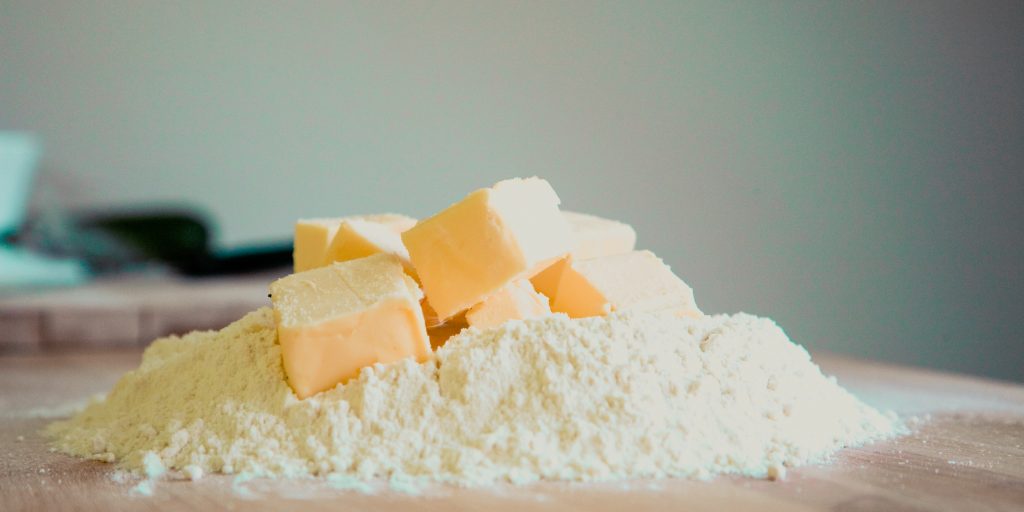Many people find themselves asking how much salt to add to unsalted butter after they accidentally buy the wrong block of butter at the store. Or you may need to adjust the ingredient for a particular recipe.
If you need to turn your unsalted butter into salted butter, we’ve got an easy way for you to make the change. It’s an easy fix – all you need is the unsalted butter you bought and some standard table salt, or whatever you have on hand at home. By making your own at home, you may even find you prefer using salted butter in your cooking. Our advice is that you don’t need to buy pre-made salted butter to get the same amount of salted flavor.
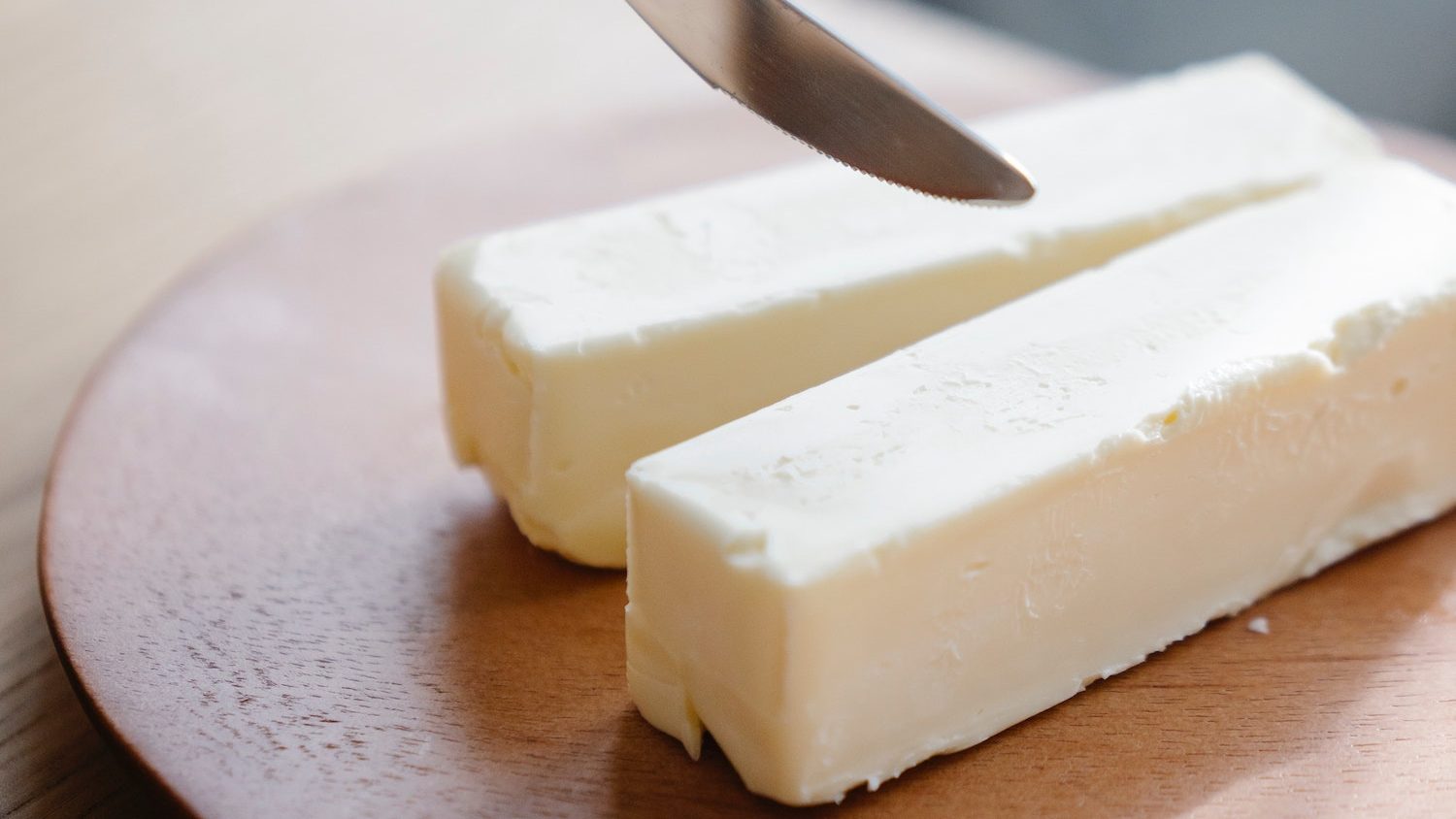
How much salt to add to unsalted butter:
Every brand of salted butter uses its own ratio of salt to butter. While you may be used to one particular brand and ratio, the salted butter you make at home may have a different ratio. That means it will have a different level of saltiness. There should ideally be at least 1 teaspoon of salt for every 1 cup of unsalted butter.
If the recipe calls for salted butter and you only have unsalted butter. Here’s what you need to know about adding salt to unsalted butter. Ultimately, it’s completely up to you how much salt to add to unsalted butter. This will depend on your own preference and how much salt you normally have in your diet. If the recipe calls for salted butter and you only have unsalted butter, the general rule is to add between 1-4 teaspoon of salt to a cup of butter.
The process is simple, add salt to unsalted butter and mix well until fully combined. Too much salt can quickly overwhelm the flavor so it’s best to start off with small amounts at first. Cream the butter with a hand mixer or stand mixer on the paddle attachment. Continue with this until the butter looks like and fluffy after approximately two minutes. Add a teaspoon of salt at a time, creaming until fully incorporated into the butter. Season to your desired taste, by adding more salt to the butter if required.
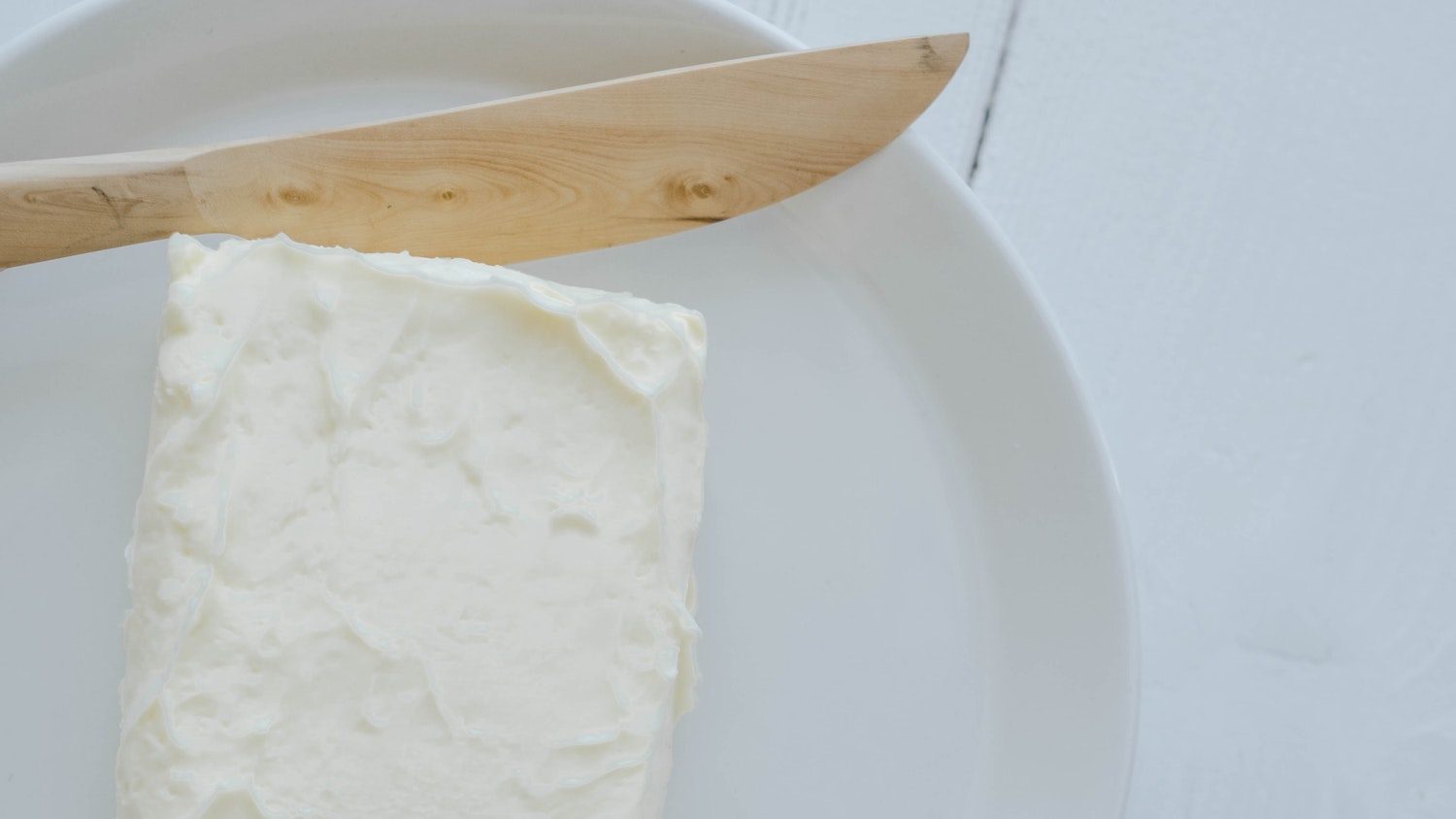
What is butter?
Simply, butter is a fat emulsion made from cream. If you leave unhomogenized full-fat milk out to sit, then a form of fatty cream rises to the top within twelve-twenty four hours. Butter is a dairy product made from the fat and protein contents of the churned cream. It is classed as a semi-solid emulsion at room temperature, and consists of approximately 80% butterfat.
Butter is a water-in-oil emulsion resulting from an inversion of the cream. It remains a firm solid when refrigerated, but softens to a spreadable consistency when at room temperature. Butter has a melting temperature of between 90-95F (32-35C). It normally is pale yellow in color, but some manufacturers manipulate the color with food colorings.
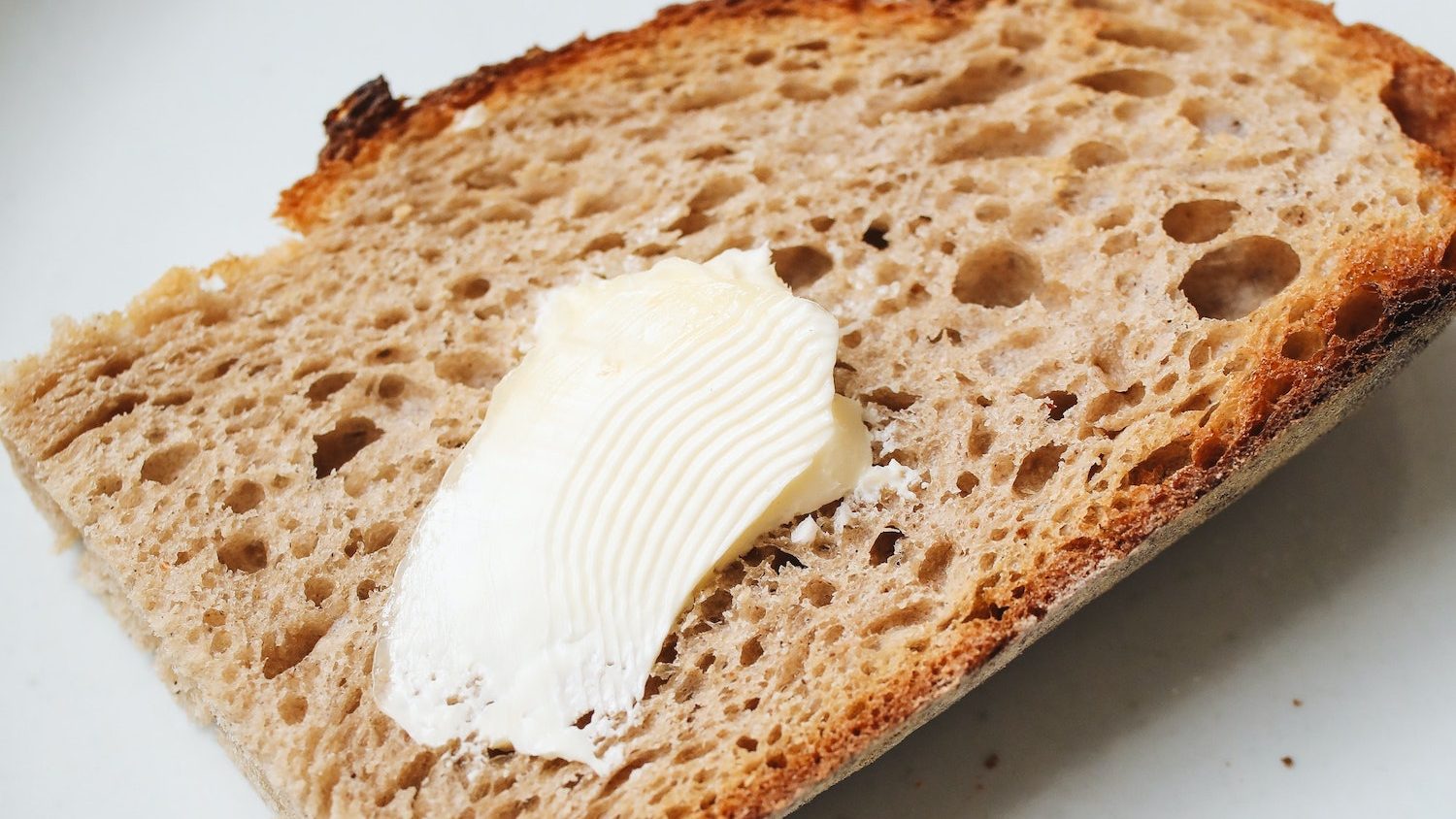
What is the difference between unsalted butter and salted butter?
There are generally two types of butter; salted butter and unsalted butter. Salted butter is butter with added salt, whereas unsalted butter has no additional salt content.
Unsalted butter may taste more like butters natural form, and be smoother and sweeter. It does not contain any extra salt. Salted butter has a longer shelf life, as the salt helps to preserve it. The main difference between salted and unsalted butter is the salt content.
Salt was initially added to butter to help preserve it, particularly whilst being transported. This is not necessarily a requirement during the modern day, as food in the supply chain is generally kept refrigerated during transportation. Salt is more often added for taste.
The amount of salt used will vary between brands and manufacturer. The type of salt used will also vary; sea salt, table salt or kosher salt. If you’re unsure how much salt is in the block of butter, check the nutritional information to determine the amount of salt.

What is unsalted butter used for?
Unsalted butter can be used as a spread on top of bread, toast or crackers. It can be melted, and used to grease a pan before frying food to prevent sticking. Another good use of unsalted butter is in baking. Many bakers use unsalted butter to mix with icing powder for American style buttercream. It can also be used to cream together with caster sugar to form the start of a cake.
What is salted butter used for?
Using salted butter is ideal when you don’t need to have full control over the amount of salt content within a recipe. Melting salted butter over a barbecued corn on the cob is a perfect example of a good use. However, you would not want to use this type of butter within your baking if it risks the baked good becoming too salty. If you only have salted butter to hand and the recipe calls for unsalted, then it may be advisable to substitute a teaspoon of salt out of the cooking.
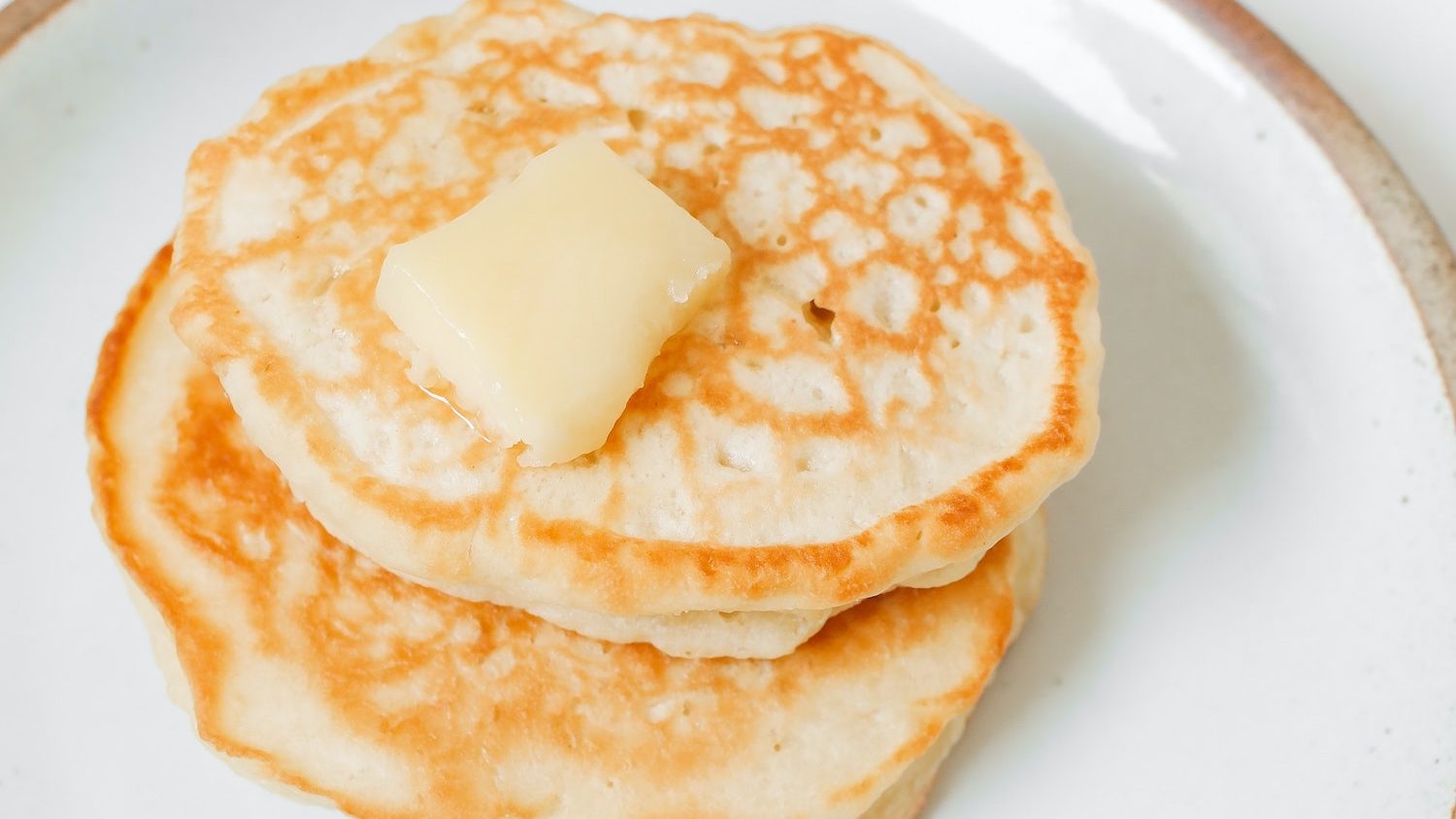
Final Thoughts – Home-Salted Butter
How much salt to add to unsalted butter depends on the saltiness you’re looking for and the amount of butter you’re using. Use the guidelines we offered above whenever you need to make home-salted butter. We’ve previously made comparisons about UK vs US flour in the past, showing that basic ingredients can vary greatly across the world. The consistency and amount of salt present in your home-salted butter will vary depending on your taste and preference.
Keep in mind that the texture you get from home-salted butter will likely be a bit different than what you’re used to getting in stores. You may notice a bit of crunch to the better with the addition of the salt. But once it’s added to a recipe, you won’t notice the difference. Just be sure to use table salt if possible, as it’s the smallest and will give you the smoothest butter.
